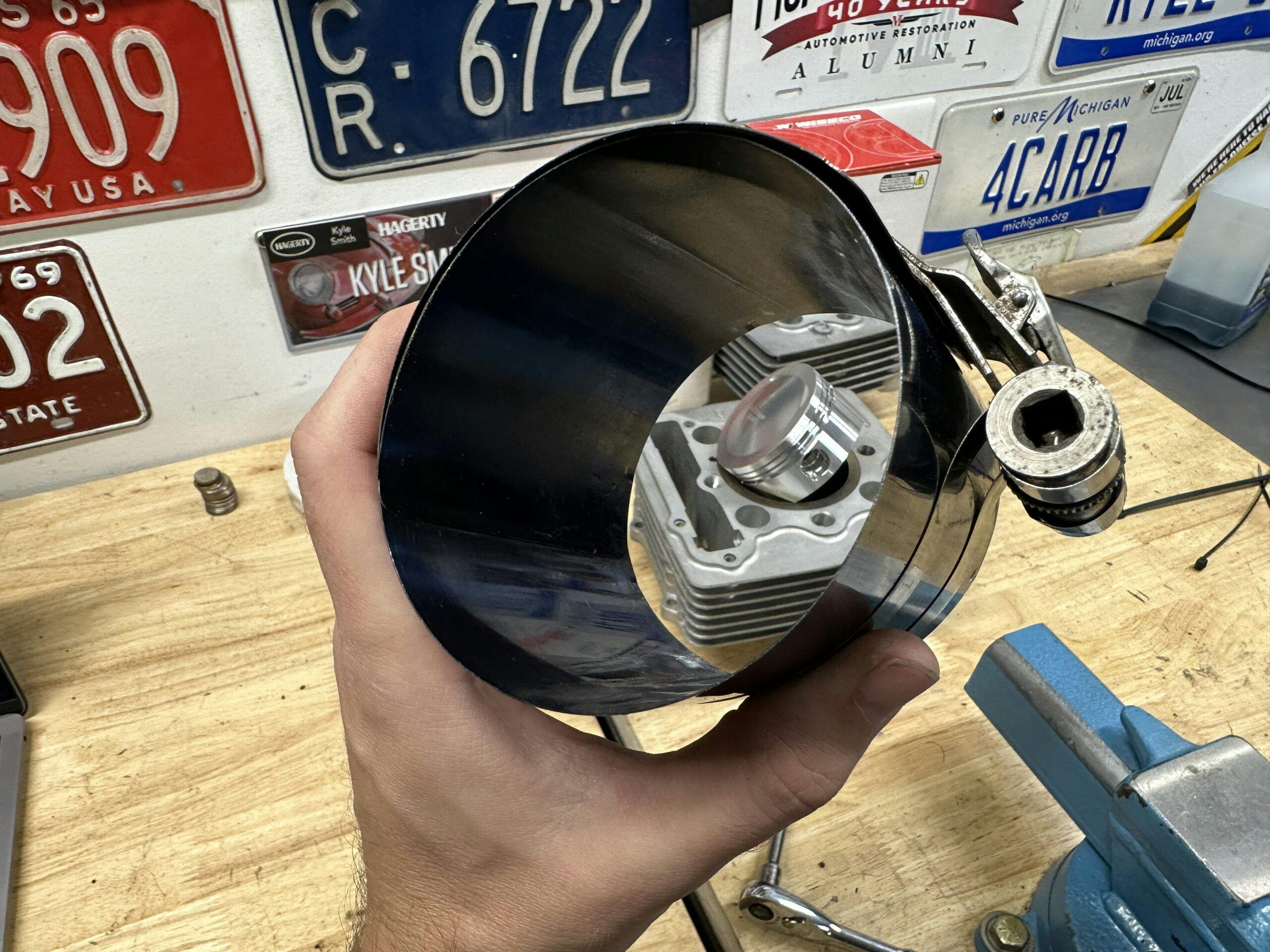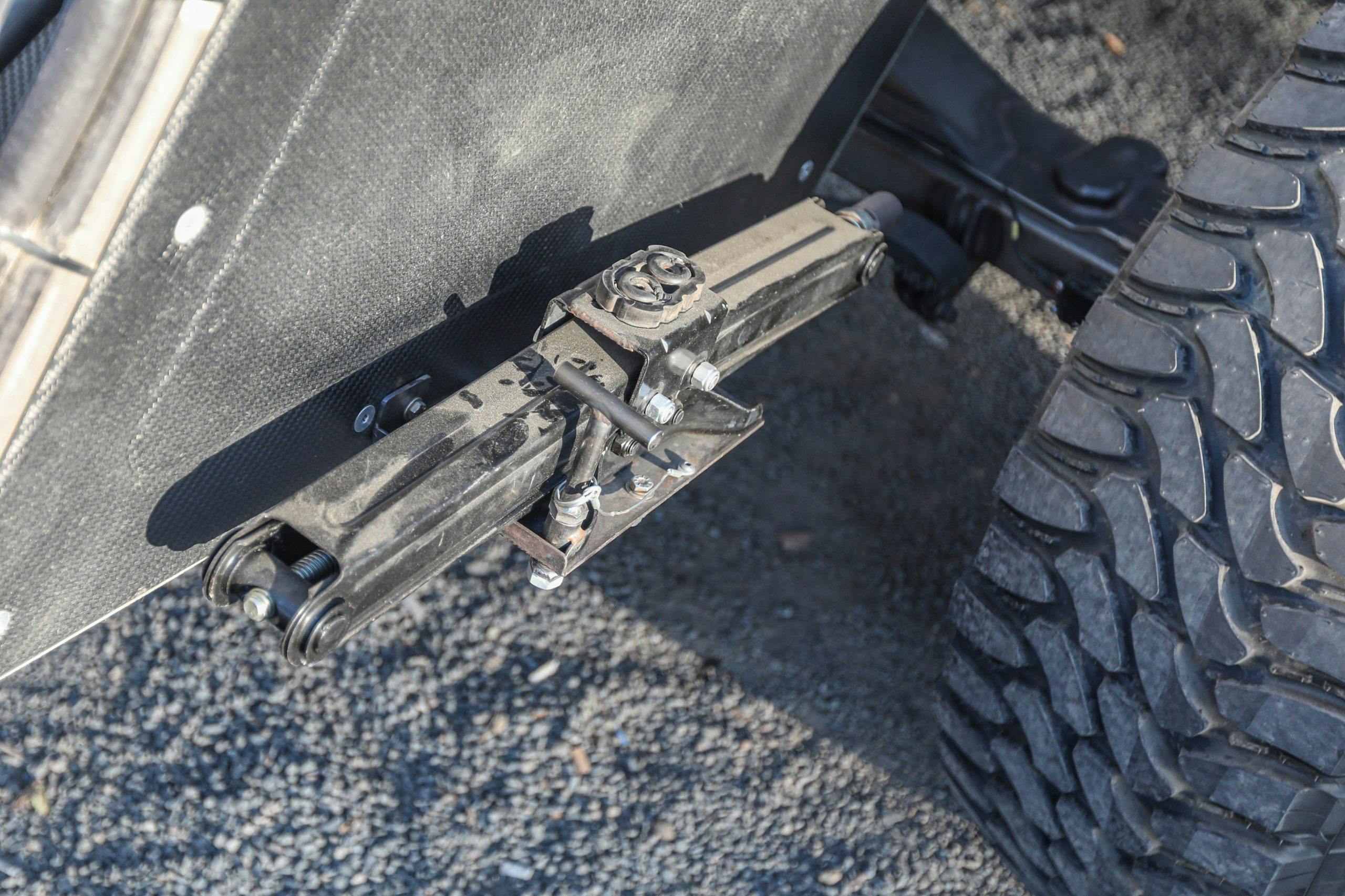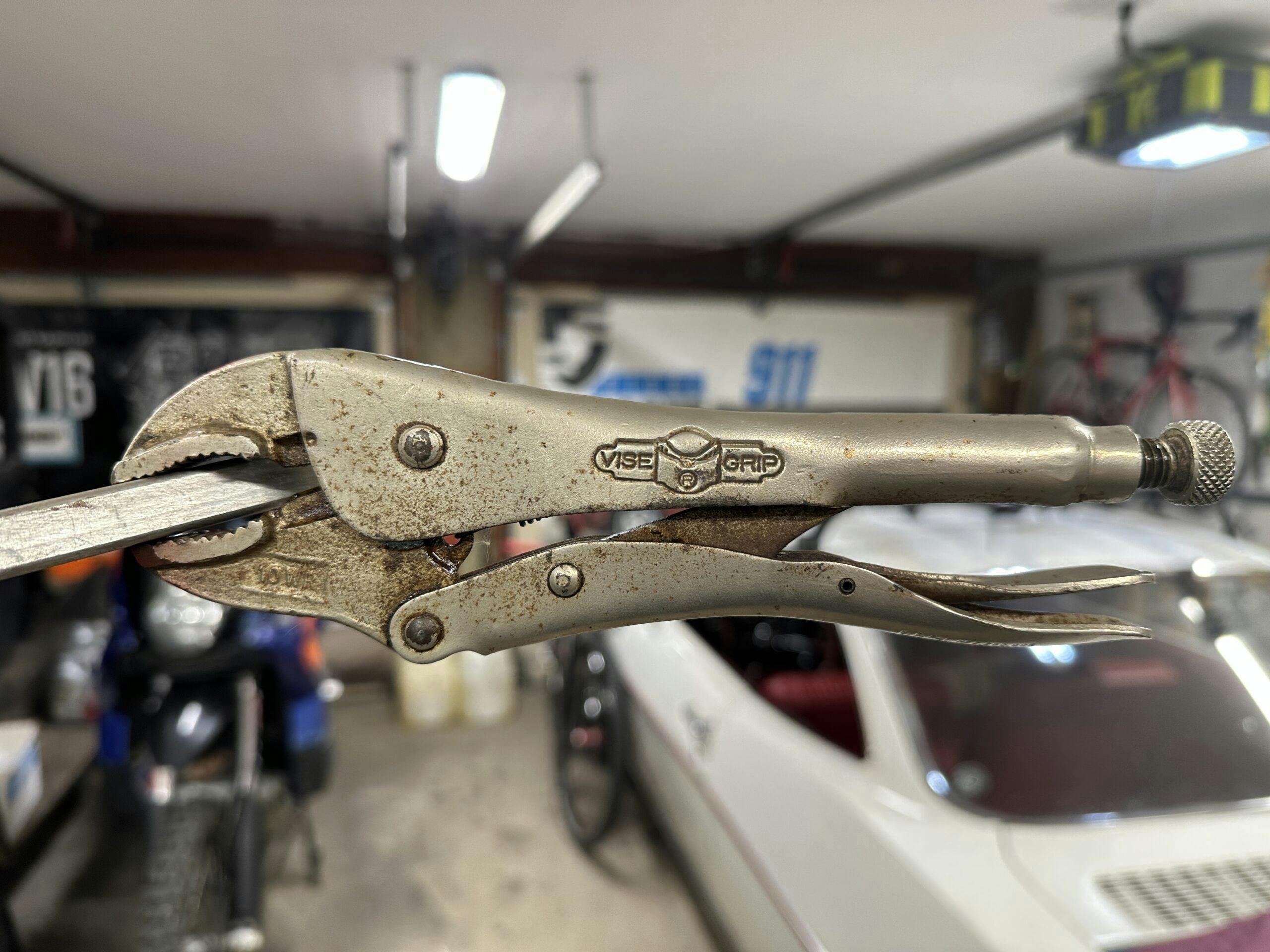Media | Articles
5 old tool designs that survive nearly unchanged

Some shapes in the automotive world are just timeless, like the grille of a 1969 Mustang. Even restomod shops leave it alone. The same goes for tools: During an evening of working in the garage, you’re likely to touch several whose designs have survived, nearly unchanged, since they were invented.
For the sake of argument, let’s exclude anything that is simply a formed piece of metal—screwdrivers, sockets, and hammers—and focus on items with some kind of mechanism. Inventors are likely the first to tell you that perfection on the first or even the second try doesn’t happen often, but these five tools got awful close.
Ratchets

The use of gears to create a one-way mechanism is old—over a century and a half. J.J. Richardson patented the idea of a ratcheting wrench in June of 1863 and, while his design appears archaic by modern standards, it relies on the same principles as the ratchets that sit in virtually every toolbox around the world.

A center gear doubles as the attachment point for the socket. That gear interacts with two smaller ones that force it to spin either clockwise or counterclockwise. The direction of a modern rachet is easy to switch, and its gears have evolved to be much finer, minimizing the rotation required to grab the next tooth, thus making the ratchet more efficient in tighter spaces.
Bench vise

If you thought of one tool when you saw this article’s headline, it was probably this. History traces the bench vise back to the 1700s, but the first modern version was made of poured cast iron in the 1830s. The casting process was rudimentary, though, and resulted in a porous finished product that had the potential to break during use. Today, the best modern vises are forged.
Piston-ring compressor

The modern four-stroke engine traces back to Nicolaus August Otto and his experiments with compressing the air and fuel inside a cylinder prior to ignition. This discovery led to more efficient engines that gave us—literally—more bang for a buck’s worth of fuel.
To contain compression and combustion, you must put a seal on the piston; to do that, you must be able to compress said piston rings to fit into the cylinder bore while you assemble it. Consider that Otto was experimenting with his designs in the 1860s, and it’s reasonable to conclude that our spring-form piston ring compressors trace to this time period. Not everyone uses these tools, but those who do know just how important they can be.
Scissor jack

As long as there have been cars, we have needed to lift them. While an incline plane (a ramp) effectively raises the car while the vehicle is on its wheels, a spiral incline plane combined with four metal arms and a base will lift a car from any point to allow you to remove wheels or other parts. That is the essential form of a scissor jack: A screw that pulls together two arms that provide lift.
The design traces back at least 100 years and it is nearly comical how little has changed from the patent drawing to the folded-metal jacks found in the trunks of so many modern cars. Jacks and spare tires might be falling by the wayside, but the simplicity of a scissor jack will stand the test of time, even if it has never passed the test of safety with flying colors.
Vise grip

The main thing we need while working is a third hand, something that can hold our workpiece together or give us a handle on something otherwise untouchable. The over-cam design for locking jaw pliers might be the youngest one on this list: 99 years have passed since inventor and blacksmith William S. Petersen penned the design that became the nearly indispensable tool we know today. The easy-release lever was added in a slight redesign by Petersen in 1957 (above).
Have a tool to add to the list? Leave a comment below telling us another tool that has stood the test of time. The history behind what we take for granted can be quite fascinating.
***
Marketplace
Buy and sell classics with confidence
Check out the Hagerty Media homepage so you don’t miss a single story, or better yet, bookmark it. To get our best stories delivered right to your inbox, subscribe to our newsletters.


























Bench vises go back well over 1,000 years. I recently saw an illustration of a woodworkers’ shop dated 1300 AD. Several vises were being used. The leg vise shown in the woodcut above appears in the 15th century.
IMHO the oldest and most important tool of all is the human brain. Without it, nothing else is possible.
Thinking of the brain as a tool only proves that any tool used improperly can be hazardous
You want a tool that hasn’t changed at all in a long time? That’s made up of so many parts you can’t name them all? That does everything we do in a garage? That you use all day, every day? Try working without your hands.
Beer.
It’s so much easier to say vise grips instead of Locking Pliers, Crescent wrench instead of Adjustable End Wrench, Channellocks instead of Arc Joint Pliers, or even Dykes for Diagonal Cutters.
I can see leaving a hammer off of the list since, every tool has a hammer side.
Looking at my socket drawer, Ratchets may be basically the same but, they’ve evolved significantly along the way. High tooth counts, comfort grips, flex head, offset handles, lengths that were unheard of once upon a time, thin heads, etc. Definitely don’t resemble the originals. Great article, thanks for sharing!!!!
Back in the ’70’s, I had a ’59 TR3 and my girlfriend had a ’59 Bug-eyed Sprite.
I was helping/teaching her to work on her car one day. At some point, I remembered asking her to hand me a “pair of dykes.” Got the strangest look…
Yes as mentioned,
Hammer
Crescent Wrench
Monkey Wrench
Honestly, I don’t think the ring compressor would have made my list…..
Sorry, reading comprehension, I’ll exclude the hammer
Yankee Screwdriver! My father had one in the 1930’s and finally wore it out after more than 60 years. I got a new one to replace it, and the new one was identical. I suspect it was made with the same production tooling.
Snailish said it above about the ratchet. . . Turn it over and attach the adaptors to the other side and you get the reverse direction of action. Lovely and simple. I find that the modern examples tend to have the mechanisms come loose and the real fine drives tend to strip out with heavy use. Sorry Snap-On! My least used but most admired tool is a Torque Multiplier. The one I have is a 4:1 by Proto. Great for those nuts and bolts that are just that little too tight for my ageing arm muscles, life Differential pinion nuts perhaps?
Every old school mechanic has used duct tape during some repair. The only change to that I can think of when it went from being 100mph tape to 200mph tape when NASCAR racers hit 200mph before rules slowed them down and I lost interest. And then there’s the trusty mechanic’s wire I often use to temporarily support brake calipers or to hold wire harnesses, etc. out of the way.
I recall my Dad’s ‘tool chest’: two wooden-handled screwdrivers, a pair of Plomb pliers, an Estwing claw-hammer with the stacked-rawhide handle (just like his combat knife from Okinawa), an orphan meat saw (which I used as a hack-saw — oops!) and the universal mangler, a pair of Vise-Grip pliers! The latter I still have, and they still serve the purpose, though I think when I was 12-13 I destroyed more mechanical stuff than I fixed with them. He also had a primitive spark-plug socket, the kind with the bent rod handle that might have come with our 1948 Plymouth 2-dr sedan, and a tire pump. Pretty basic implements of destruction! Wick
valve spring compressor
slide hammer and pullers
hydraulic press
the simplest most accurate and one of the oldest, the plumb bob
A tool question for the group: among the tools I inherited from my late father-in-law–who started wrench twisting in the 1920s–is a tool that looks exactly like a spring compressor, but it works backwards–it stretches the spring vs compressing it. Never got the chance to ask him, and I’ve shown it to more than a few old timers; so far its function remains unidentified.
Any suggestions out there?
Interesting date for the ratchet. Makes one wonder why did it take so long for someone to apply the principle to a wrench? The principle dates back centuries earlier as the escapement controlling the mechanism of a clock.